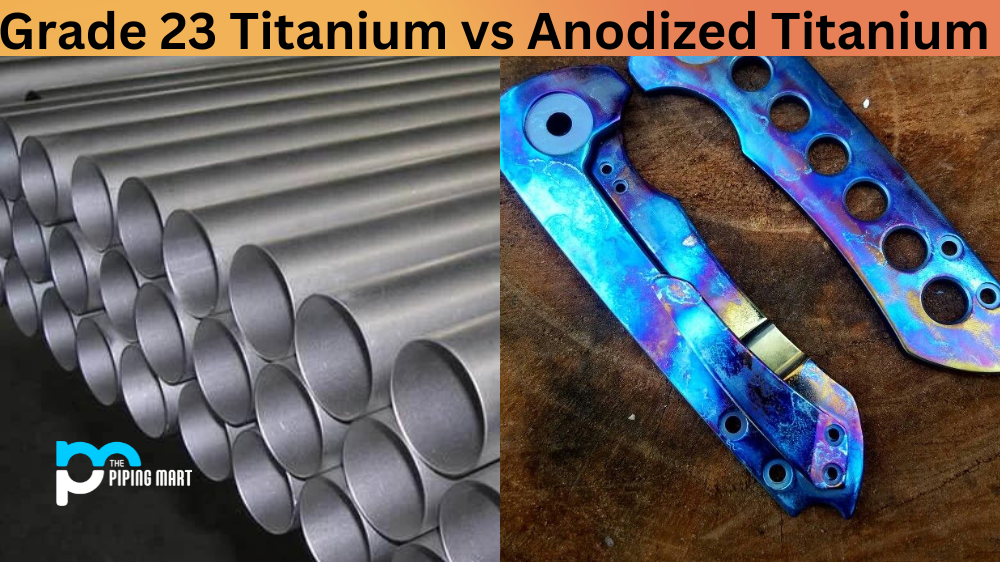Hot-rolled Steel and mild Steel are two types of steel products used for various applications. While both are forms of Steel, there are some fundamental differences between the two. It’s important to understand these differences before deciding which type of Steel is best suited for your project. Let’s look at hot rolled Steel and mild Steel, their similarities and differences, and which one might be better for you.
Difference Between Hot Rolled Steel and Mild Steel
Hot-rolled Steel and mild Steel have some similarities in composition but differ significantly in their properties. Hot-rolled Steel is more malleable due to its higher temperature processing. This makes shaping into specific shapes or components easier without needing heat treatment or additional preparation steps. In contrast, mild Steel is much less malleable and is not suitable for certain applications where bending or shaping is required.
Hot rolled Steel also has a greater yield strength than mild Steel, which makes it better suited for a wide range of applications such as car frames and bridges. Hot rolled Steel has a rougher finish than cold rolled, which gives it an industrial aesthetic appeal that many people find attractive. Additionally, hot-rolled Steel can be painted or powder coated to add color or protect against corrosion. In contrast, mild steels must be properly treated with rust-resistant coatings to maintain their integrity over time.
Mild Steel has several advantages compared to hot rolled Steel, such as being more resistant to wear and tear due to its lower carbon content making it less brittle than hot roll steel. Mild steels have superior weldability to hot roll steels, making them ideal for welding projects requiring intricate detail work, such as furniture frames or sculptures. Additionally, mild steels cost less than hot roll steels because they require fewer steps during production since they don’t need to be heated to be shaped into specific components as hot roll steels do.
- Hot-rolled Steel is made by heating Steel above its recrystallization point and then rolling it to create a more uniform shape.
- Mild Steel is made by heating Steel below its recrystallization point and then rolling it to create a more uniform shape.
- Hot-rolled Steel has a higher carbon content than mild Steel, which gives it better mechanical properties.
- Mild Steel has a lower carbon content than hot-rolled Steel, which gives it better weldability.
- Hot-rolled Steel is typically used for structural applications, while mild Steel is typically used for sheet metal or other aesthetic applications.
- Hot rolled Steel is more likely to warp or deform under heat, while mild Steel is more resistant to heat damage.
Conclusion:
Hot rolled and mild steels both offer distinct advantages depending on the application they’re being used for. When choosing between the two, it’s essential to consider the properties needed to ensure the right product is used for the job. Both types of metal provide excellent strength, durability, and versatility, so whichever type you choose, you can rest assured that your project will stand up over time! Ultimately, by understanding the property differences between hot rolled steels and mild steels, you can decide which type will best fit your needs!

Abhishek is a seasoned blogger and industry expert, sharing his insights and knowledge on various topics. With his research, Abhishek offers valuable insights and tips for professionals and enthusiasts. Follow him for expert advice on the latest trends and developments in the metal industry.




